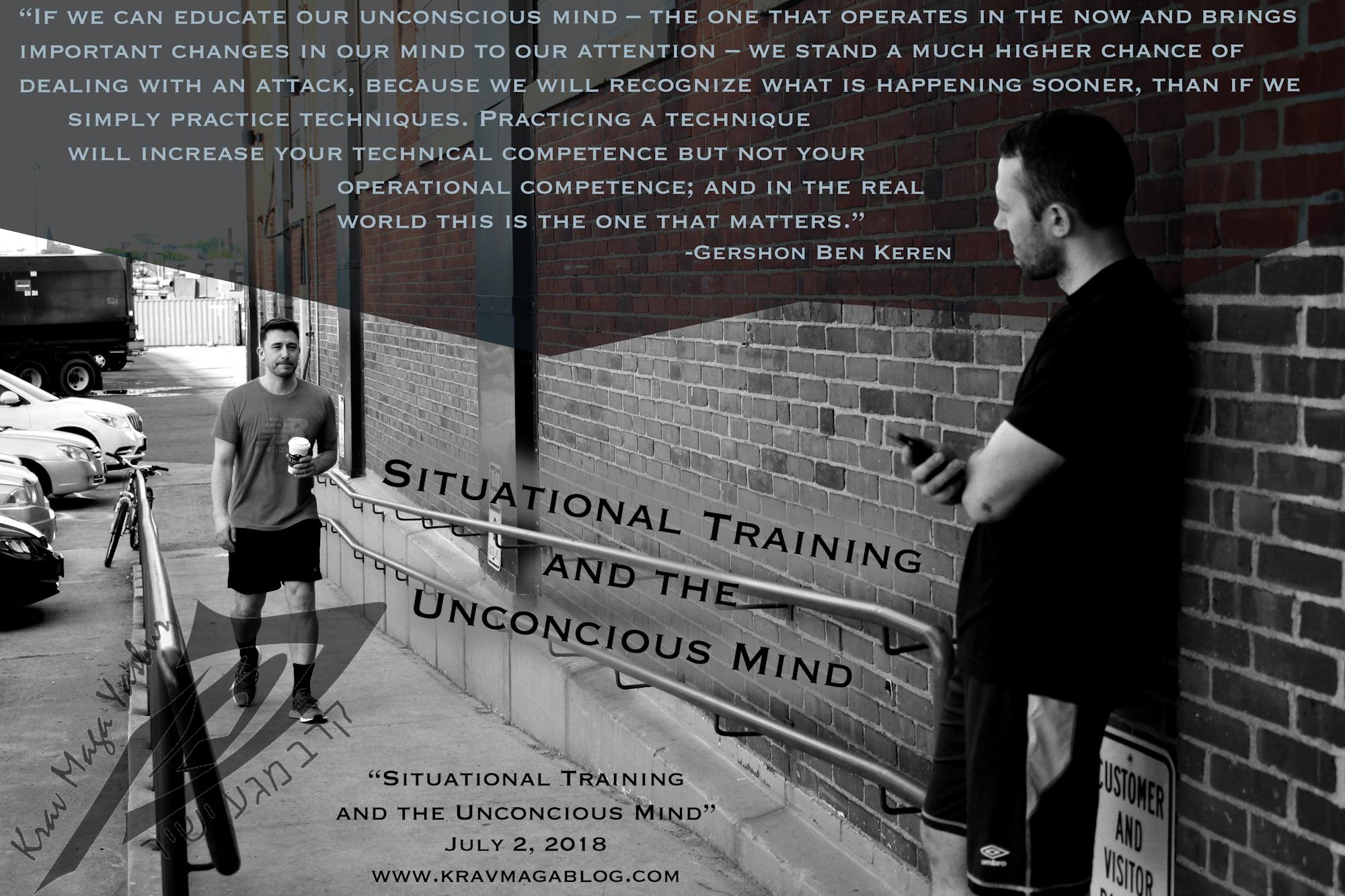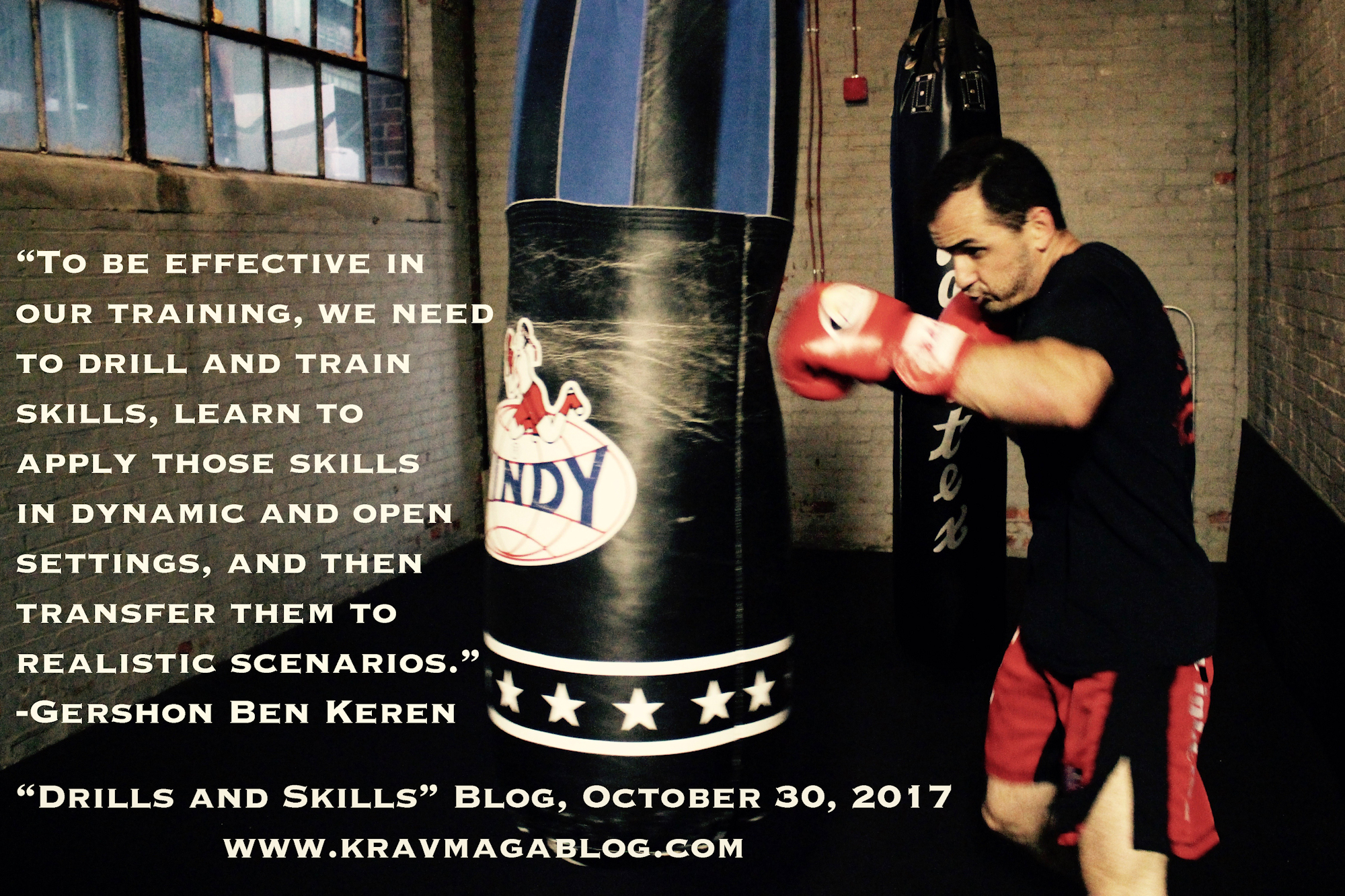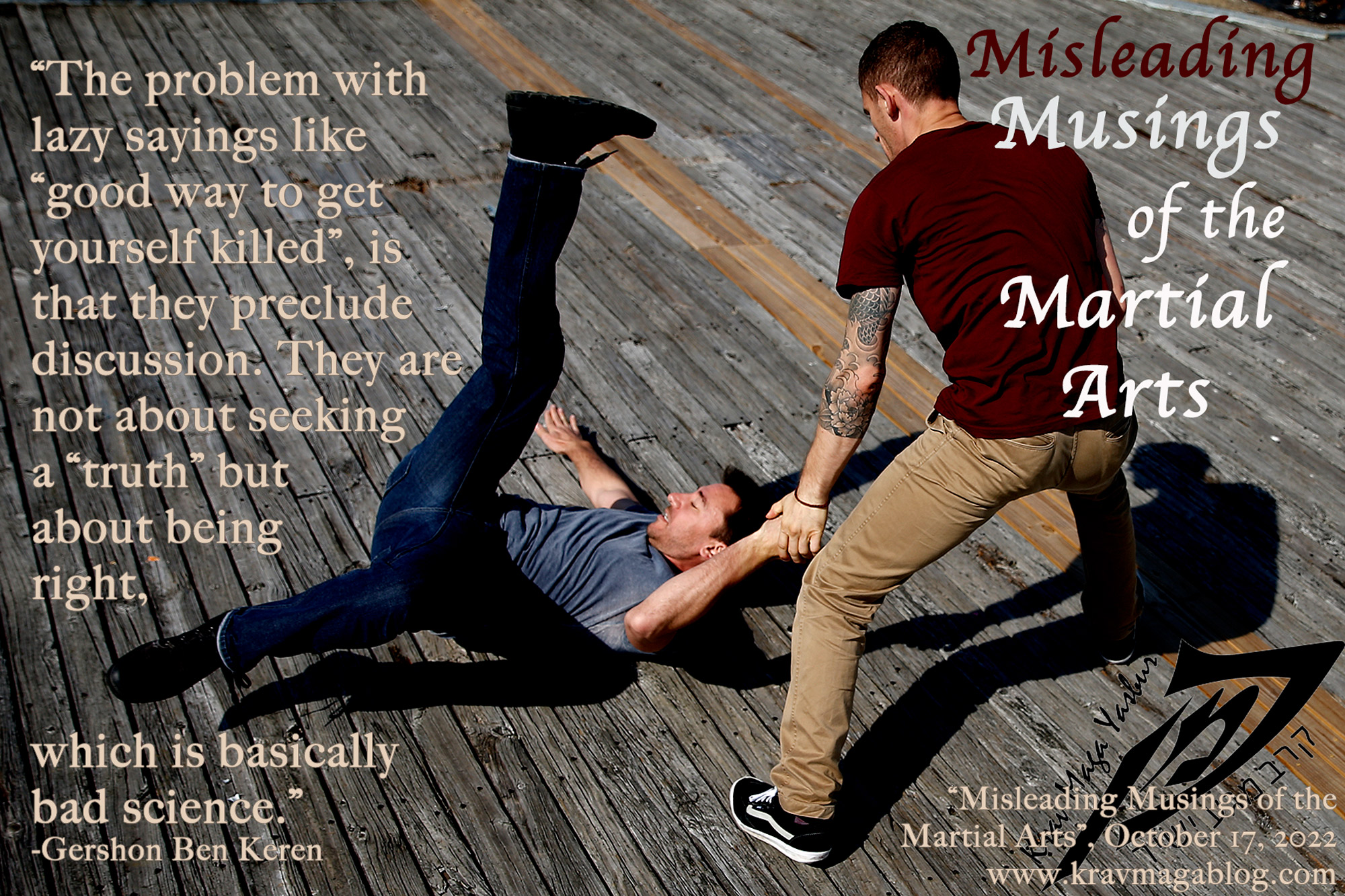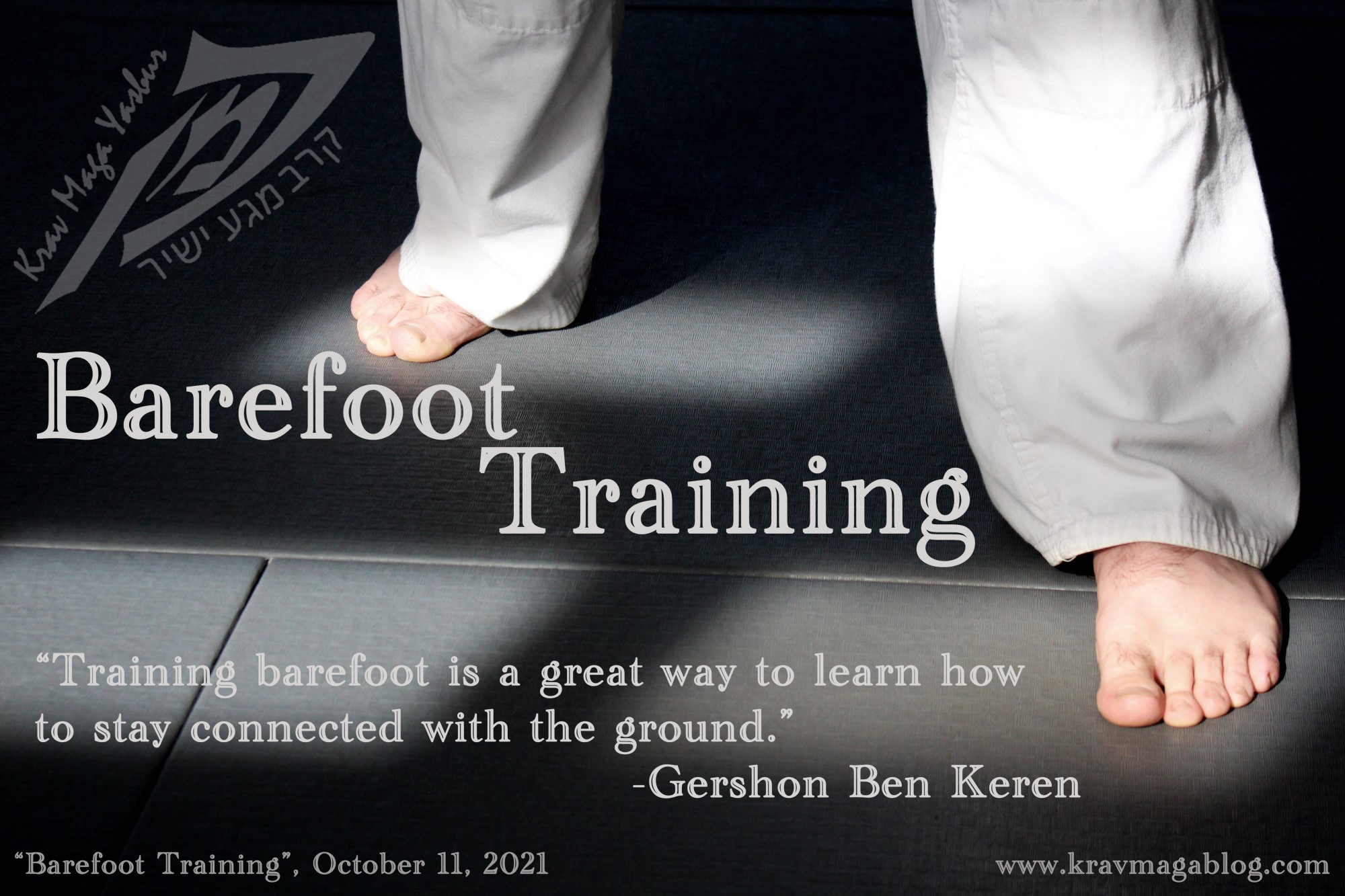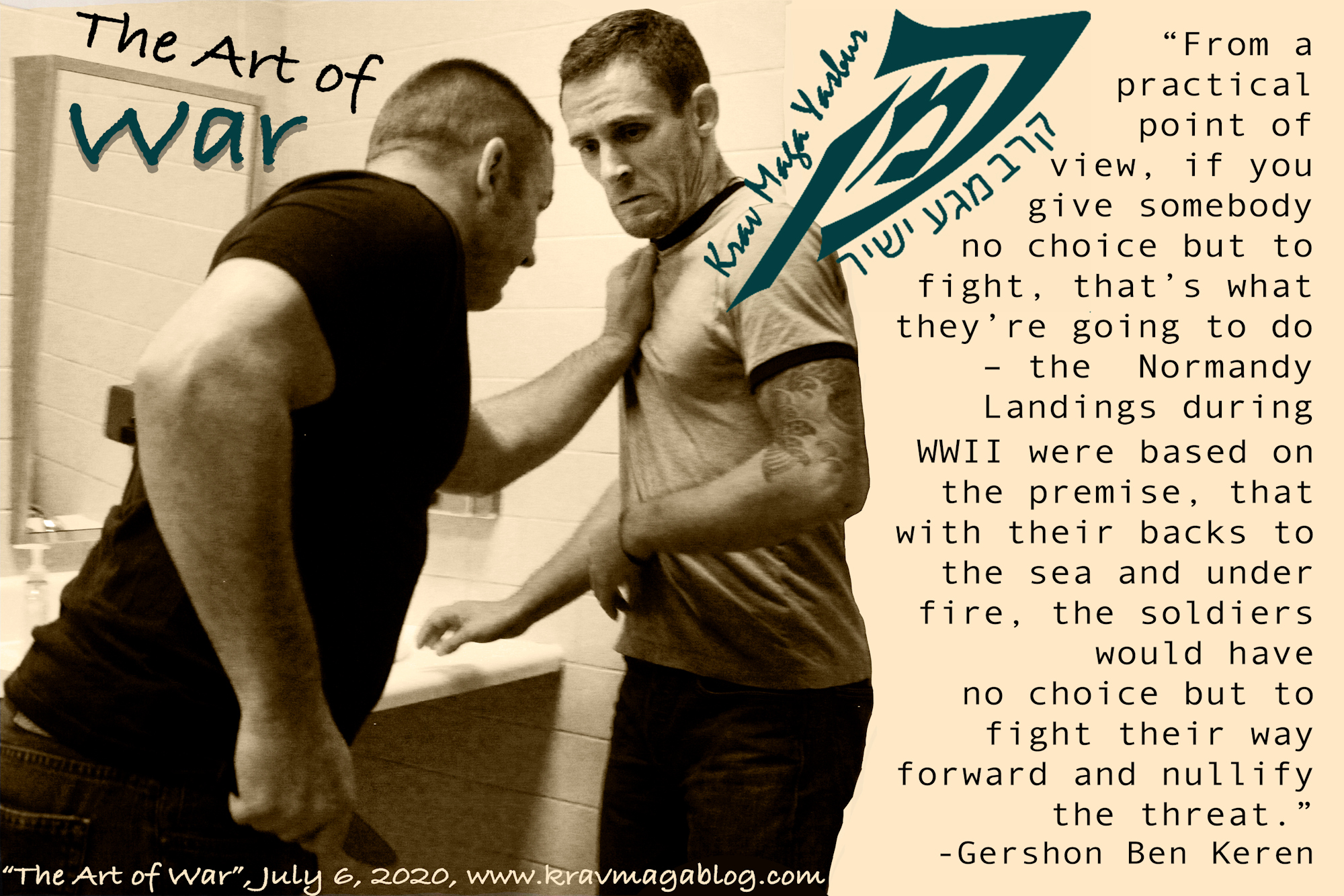Muhammad Ali, is an article written by Gershon Ben Keren, a 5th Degree Black Belt in Krav Maga, who teaches Krav Maga in Boston, MA. He has also authored three Amazon best-Selling Books on Krav Maga.
There have been few sportsmen or women as charismatic or influential – both inside and outside their sport – as boxer, Muhammad Ali (January 3rd, 1942 – June 3rd, 2016). Below are four lessons, that I believe Ali’s life, and career, can teach us about surviving real-life violence.
- Skills and attributes are more important than techniques
- Style, comes from character, and isn’t a substitute for it
- Be, able to back up what you say
- You need to have an adaptable game plan
Boxing is a combat sport that demonstrates, that skills and attributes are what make the difference, in a confrontation, rather than techniques. As martial artists, and practitioners of self-defense, we can often run the risk of becoming technique collectors, rather than skilled fighters e.g. we want to know the technique for dealing with and that attack or threat, how to escape this and that hold and control etc. This puts us in danger of putting most of our efforts into learning more/new things, rather than developing the skills, that will make us better at what we already know and do. Two skills that are essential for dealing with real-life violence, and that Ali had in abundance, are effective control of range, and incredible movement. If you can’t control range, especially during the pre-conflict phase, before your aggressor launches their attack, you are in all likelihood going to get hit if/when they throw a punch – regardless of how good/fast you believe you are at blocking. If you let your aggressor, control the range and distance between you, they will be on top of you before you have the time to react and respond. Ali was a master of controlling range/distance, staying just outside of his opponent’s reach but close enough, to move in and make his own attacks. He also had the movement skills to do this in a dynamic context. Boxing consists of the jab, the cross/straight, the hook and the uppercut, there really are no more techniques in a boxer’s arsenal. What makes a boxer like Ali, “the Greatest”, was his skills and attributes, that made these work for him.
Ali had style, but more importantly he had character. In today’s world these two often get confused, and we make the mistake of seeing stylish people, as having character, which may not be the case. A person can look good, sound good, but lack any actual substance – when it actually comes to any issues in their life, they don’t have the necessary depth and resolve, to see through what they are facing/dealing with. In 1966, Ali took a stand on being drafted to fight in the Vietnam war, which he conscientiously objected to, stating, “My conscience won't let me go shoot my brother, or some darker people, or some poor hungry people in the mud for big powerful America. And shoot them for what? They never called me nigger, they never lynched me, they didn't put no dogs on me, they didn't rob me of my nationality, rape or kill my mother and father.... How can I shoot them poor people? Just take me to jail. Making such a statement shows character, especially when it was made at a time, when there was popular support for the war. As a result, he was stripped of his title, and exiled from boxing – no state would give him a license to fight. This was also at a time, when he was in his prime as an athlete. As his trainer Angelo Dundee said, One thing must be taken into account when talking about Ali: He was robbed of his best years, his prime years. It was obvious that Ali had style, but more importantly he had character, and this was shown both inside and outside the ring. I am a big believer that martial arts training builds character and I would suggest that Ali’s boxing training helped develop his.
Ali was a talker, he was the guy who started the pre-fight “smack down”, insulting his opponents, however he knew he could back up the things he said. Sometimes what he said was for entertainment purposes, but he also understood the psychology behind the things he said. In 1972, Ali was challenged by the basketball player, Wilt Chamberlain, and a fight was scheduled for July of that year. Chamberlain, at seven feet two inches, had a 60-pound weight advantage, as well as a 14-inch advantage in reach; both things which would give him a significant physical advantage against Ali. In a press conference, Ali so intimidated Chamberlain, with cries of “Timber!”, “the tree will fall” etc. that Chamberlain backed out of the fight. Ali, knew how to make his opponents angry, how to unsettle them etc. and he had the abilities to back up what he said. There are times, in real-life confrontations, where what you say, can significantly unsettle your aggressor, and get them to question the wisdom of trying to assault you etc. however at the same time you need to be able to back up what you say, so that your words aren’t empty and unconvincing.
Ali knew how to change his game-plans, depending on who he was dealing with, and the environment he was fighting in. Probably, the clearest example of this was seen in the Rumble in the Jungle, when he fought George Foreman (one of the heaviest hitters that the boxing world had seen), and instead of employing his usual strategy of moving, controlling range etc. he adopted his “Rope-A-Dope” strategy, of leaning back on the ropes and riding/absorbing Foreman’s punches, till Foreman was exhausted. He fought the same way in Manilla against Joe Frazier, as a means to combat his own heat exhaustion, as the fight was conducted in near 100 degree temperatures. Ali, knew how and when to adopt a different game plan, based on his situation. In real-life confrontations we need to do the same, both changing our physical and non-physical solutions to the situations we are in; having only one means/strategy of dealing with conflict is not a universally successful approach.
When we try to understand greatness, and what makes people great, the life of Muhammad Ali, has a lot of good pointers for us. Although combat sports may not completely and comprehensively reflect real-life violence, there are lessons that we can learn from them, and those who compete in them, that will allow us to increase our survival chances.
0 COMMENTS
